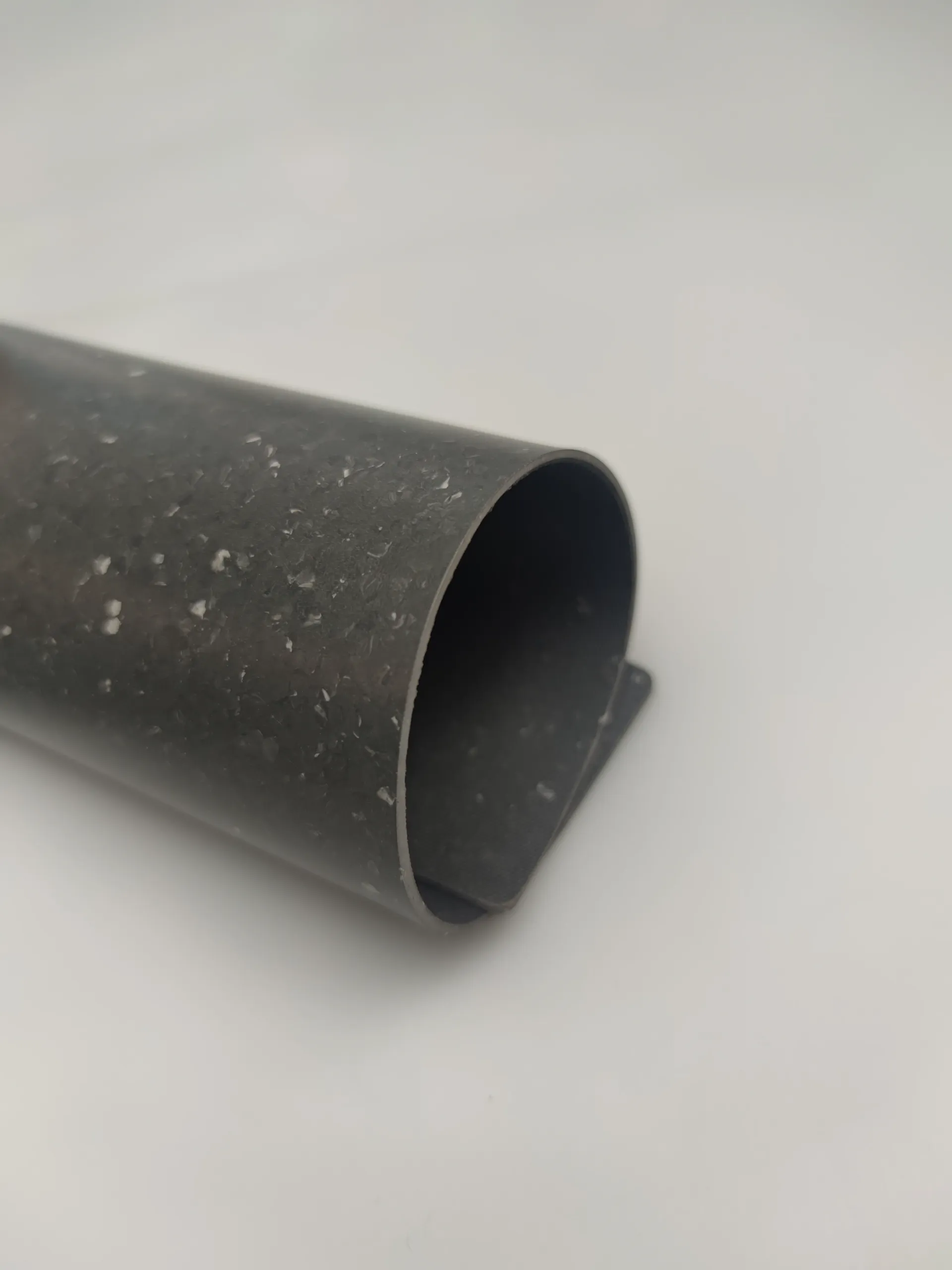compare flooring types
Comparing Flooring Types A Comprehensive Guide
When it comes to home improvement, one of the most significant decisions you will face is selecting the right flooring. The floor of your home does more than simply act as a surface to walk on; it sets the tone for your interior design, contributes to the functionality of your space, and can impact the property's overall value. This guide will explore various flooring types, highlighting their features, advantages, and drawbacks to help you make an informed choice.
1. Hardwood Flooring
Hardwood flooring is often considered the gold standard in flooring options. Made from solid wood, it offers unmatched aesthetic appeal, warmth, and natural beauty. Additionally, hardwood is known for its durability; with proper maintenance, it can last a lifetime.
Pros - Timeless elegance and a variety of styles - Increases home value - Renewable resource if sourced sustainably - Can be refinished multiple times
Cons - Expensive upfront cost - Susceptible to water damage and scratches - Requires regular maintenance and refinishing
2. Laminate Flooring
Laminate flooring is a cost-effective alternative to hardwood. It is composed of several layers, including a photographic layer that mimics the look of wood. Laminate is an excellent choice for high-traffic areas because it is more resistant to scratches and dents than natural wood.
Pros - Affordable and versatile designs - Easy to install, often with a click-lock system - Water-resistant options available - Low maintenance and easy to clean
Cons - Less durable than hardwood and can’t be refinished - Might not add significant value to the home - Can feel less real compared to natural wood
3. Vinyl Flooring
Vinyl flooring has gained popularity due to its affordability, variety, and ease of maintenance. Available in sheets, planks, or tiles, modern vinyl can closely resemble natural materials like wood or stone.
compare flooring types

Pros - Highly water-resistant, making it suitable for kitchens and bathrooms - Comfortable underfoot and often warmer than tile - Easy to clean and maintain - Cost-effective choice for budget-conscious homeowners
Cons - Less eco-friendly, as it is often made from PVC - Lower resale value compared to hardwood or tile - Can be prone to tearing and may fade over time
4. Tile Flooring
Tile flooring, made from ceramic, porcelain, or natural stone, is another durable option. It is especially popular in kitchens and bathrooms due to its water resistance and ease of cleaning.
Pros - Extremely durable and long-lasting - Offers a wide range of styles, colors, and patterns - Natural resistance to mold and bacteria - Can retain heat when heated systems are used
Cons - Cold and hard underfoot, which can be uncomfortable - More expensive to install compared to other options - Requires grout maintenance, which can be a hassle
5. Carpet
Carpet adds a cozy feel and warmth to any room, available in a plethora of colors and textures. Perfect for bedrooms and living areas, carpeting provides insulation and noise reduction.
Pros - Soft underfoot, making it comfortable for daily use - Available in numerous styles and colors - Offers insulation, keeping rooms warm - Can be less expensive to install than hardwood or tile
Cons - Prone to stains and may require professional cleaning - Not suitable for high-moisture areas - Can trap allergens and pet dander, affecting indoor air quality
Conclusion
Choosing the right flooring type for your home depends on various factors, including your budget, lifestyle, and design preferences. Hardwood offers elegance and durability, while laminate provides an attractive cost-saving alternative. Vinyl is superb for moist regions due to its water resistance, while tile is perfect where durability is needed. Finally, carpet adds warmth and comfort to living spaces. Assess your needs carefully to select the floor that best fits your home’s aesthetic and functional requirements. Whichever option you choose, ensure it complements your existing decor and enhances the overall feel of your space.
-
Waterproof Advantages of SPC Flooring Vinyl in KitchensAug.06,2025
-
SPC Hybrid Waterproof Flooring Thickness GuideAug.06,2025
-
Leveling Subfloor Before My Floor SPC InstallAug.06,2025
-
How Mesh Deck Skirting Improves Outdoor Pest ControlAug.06,2025
-
Choosing the Right Commercial Flooring for Your Business NeedsAug.06,2025
-
Choosing the Best Residential Flooring: A Comprehensive Guide to Style, Durability, and ComfortAug.06,2025




